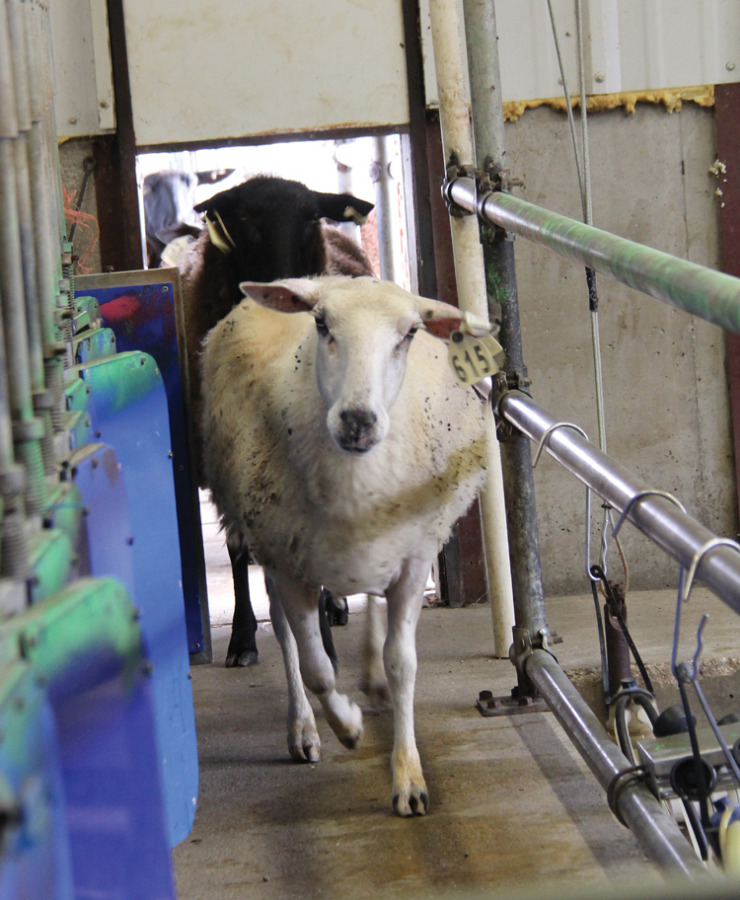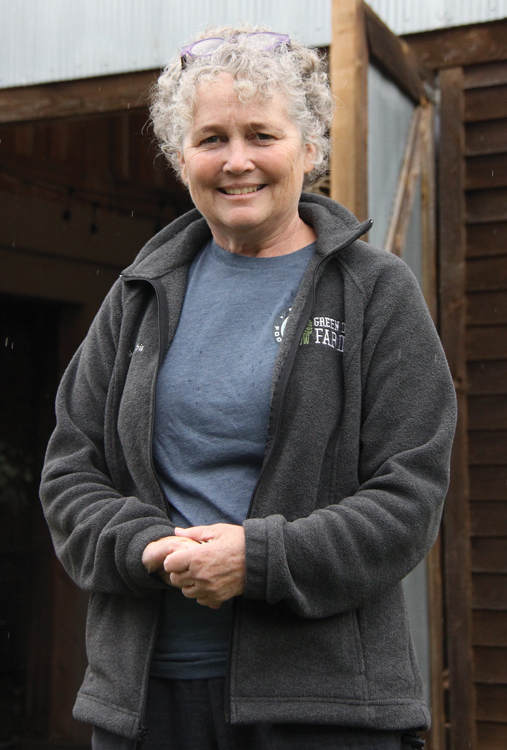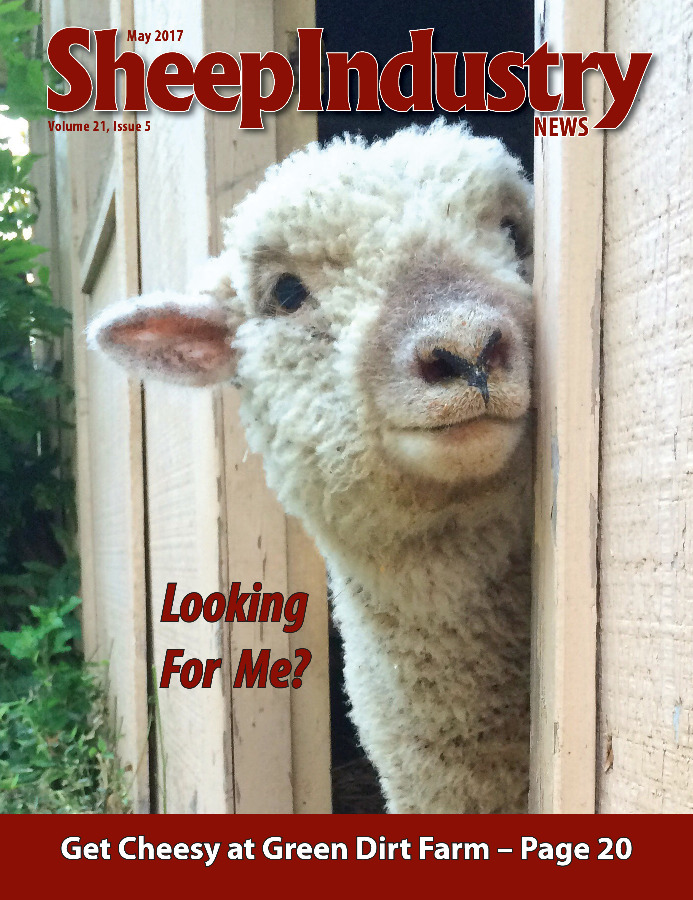Green Dirt Farm: More than Just a Sheep Dairy
KYLE PARTAIN
Sheep Industry News Editor
Her aunt’s cheese shop, a love of sheep and a desire to develop an on-farm business led Sarah Hoffmann to the original concept for Missouri’s Green Dirt Farm. That initial plan bears only a passing resemblance to the business she’s developed in the past decade, but she’s come to realize that real world trial-and-error is often the best guide.
 “What I didn’t realize when we got started in 2008 was that we needed to be at a much higher volume of production to be economically sustainable,” Sarah says. “I think that’s the biggest challenge throughout the dairy sheep industry in the United States right now. Sheep are just such low volume producers of milk.”
“What I didn’t realize when we got started in 2008 was that we needed to be at a much higher volume of production to be economically sustainable,” Sarah says. “I think that’s the biggest challenge throughout the dairy sheep industry in the United States right now. Sheep are just such low volume producers of milk.”
Diversification has proven instrumental in Green Dirt Farm’s success. The dairy milks its own sheep, but also buys sheep and cow milk (some of the cheeses are made from a blend of the two) from its Amish neighbors. The farm also hosts a series of dinners led by top-notch chefs from nearby Kansas City, Mo., in a restored barn. The chefs use lamb and cheese from the farm and supplement their menus with local produce. Additional events pair Green Dirt’s award-winning sheep milk cheeses with locally produced beer, wine or chocolate.
A year ago, Green Dirt added The Creamery to the mix. The retail store/restaurant sells cheese, ice cream and sandwiches in addition to fresh lamb and a variety or products from other local food artisans.
“It all works together,” says Sarah. “We really have to milk 250 to 300 sheep just to break even on the milking. This has been confirmed through university research as well as through our own experience. We didn’t plan well enough for that. We have a single, 12 parlor and it takes 15 minutes to move each group of 12 through there.
“Sheep dairies only really started to catch on in the United States in the early 1990s. In Europe, sheep dairies have a long history. They’ve had a chance to improve the output of their flocks to the point where it is easier to be economically sustainable. By the time milking sheep caught on in this country, USDA shut down the border and we were limited to about five lines of sheep. Our limited genetic lines have traditionally been very mediocre milk producers. Fortunately, the Dairy Sheep Association of North America has worked with USDA and we’ve finally been able to bring in semen this year. Hopefully, that means we’ll see a dramatic increase in sheep milk production in the United States in the next five years.”
For that reason, Sarah and her farm manager/daughter, Eliza, made the decision in recent years to cull the flock to just the 50 best producers. They hope better breeding of their top ewes will result in increased milk production.
“It was a hard decision, mostly because I got into this for the sheep and the farming,” Sarah says. “The business aspect wasn’t my main motivation, but there came a time when I realized I had to get out of the cheese kitchen and start making strategic decisions about the direction we were going to take.
“It had never occurred to me that I might make cheese at one point in my life. It wasn’t until I started researching what I could do with a small farm to make it viable that I came back to cheese. I’d worked in my aunt’s cheese shop as a teenager, and that’s where I first learned about really good cheese.”
Sarah attended her first DSANA symposium in 2002, but it was 2008 before she made the leap to dairy owner.
“It took a few years before I had the courage and the capital to make the investment in the cheese making operation. At first, I made all the cheese and developed all the recipes. Now, we have a staff of four making the cheese every day.”
 Green Dirt Farm produces three different styles of bloomy rind cheese, two types of washed rind cheese and lactic and alpine styles. But it might best be known for its spreadable cheese, which comes in six flavors: plain, nettle, rosemary, garlic herb, garlic peppercorn and spicy chili.
Green Dirt Farm produces three different styles of bloomy rind cheese, two types of washed rind cheese and lactic and alpine styles. But it might best be known for its spreadable cheese, which comes in six flavors: plain, nettle, rosemary, garlic herb, garlic peppercorn and spicy chili.
According to the farm’s website, “For people familiar with Fresh Chèvre, that is a good comparison; but without the gaminess sometimes associated with goat cheese. This cheese has a soft, delicate curd. It crumbles well when cold, and becomes more spreadable as it warms up. These cheeses are very versatile and can be used for a variety of dishes or simply served on a cheese plate.”


